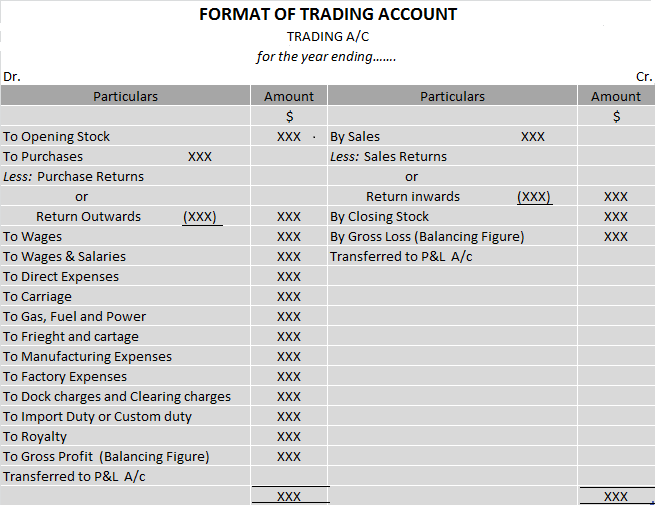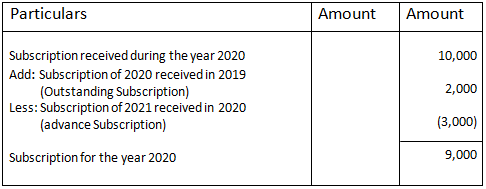Ledger Folio A ledger folio, in simple words, is a page number of the ledger account where the relevant account appears. The term 'folio' refers to a book, particularly a book with large sheets of paper. In accounting, it's used to maintain ledger accounts. The use of ledger folio is generally seenRead more
Ledger Folio
A ledger folio, in simple words, is a page number of the ledger account where the relevant account appears. The term ‘folio’ refers to a book, particularly a book with large sheets of paper. In accounting, it’s used to maintain ledger accounts.
The use of ledger folio is generally seen in manual accounting, i.e the traditional book and paper accounting as it is a convenient tool used for tracking the relevant ledger account from its journal entry. Whereas, in computer-oriented accounting (or computerized accounting), it’s not really an issue to track your relevant ledger account.
Ledger folio, abbreviated as ‘L.F.’, is typically seen in journal entries. The ledger folio is written in the journal entries, after the ‘date’ and ‘particulars’ columns. It is really convenient when we’re dealing with and recording a large number of journal entries. As we will be further posting them into ledger accounts, thus, ledger folio comes in as a really useful component of journal entries.
- The number in the ledger folio may be numeric or alphanumeric.
- The ledger folio column in the journal has nothing to do with the accounting principles and rules. It’s used by us as per our methods and needs.
Example
We’ll look at how the ledger folio column is used while recording journal entries.

We can find the relevant ledger accounts on the page numbers of the book as mentioned in the above entries, i.e. the cash and sales account on page – 1 whereas, the purchases and sundry creditors on page – 2 of the relevant ledger book.
See less








Introduction Furniture is treated as a fixed asset of an enterprise unless it deals in the manufacturing or the trade of furniture. As stock in trade, it will be treated as current assets. In both cases, they are real accounts. Hence, the golden rule of accounting will be the same. But, when it coRead more
Introduction
Furniture is treated as a fixed asset of an enterprise unless it deals in the manufacturing or the trade of furniture. As stock in trade, it will be treated as current assets.
In both cases, they are real accounts. Hence, the golden rule of accounting will be the same.
But, when it comes to journal entries, Furniture A/c will appear only when it is treated as a fixed asset.
No journal entries are passed in the stock-in-trade account except for some balance transferring entries.
Journal Entries on taking Furniture as a fixed asset
Taking furniture as a fixed asset, we can pass various entries related to it. Since furniture is an asset, any increase is debited and the decrease is credited.
Also, furniture is a real account which means the golden rule of accounting applicable is, “Debit what comes in and credit what goes out”.
Following are the basic entries related to furniture.
Purchase of furniture
The most common entry related to furniture is the purchase of furniture:
Here Furniture A/c is increased, hence debited.
Cash or Bank being reduced is credited.
Sale of furniture
*In case of loss
**In case of profit
On the sale of furniture, its balance gets reduced, hence credited.
Cash or Bank is debited as cash comes in hand or into the bank.
Also, profit or loss may arise due to the difference in sale value and the carrying amount of the furniture A/c.
The difference is debited to Profit and Loss A/c in case of loss and credited in case of profit.
Depreciation on Furniture
Here, furniture is credited as it is decreased by the amount of depreciation.
Depreciation being a non-cash expense, is debited.
Journal Entries on taking Furniture as stock in trade
When furniture is stock of trade of a business, the journal entries will be like normal purchase and sales entries as below:
There will be no furniture account.
See less